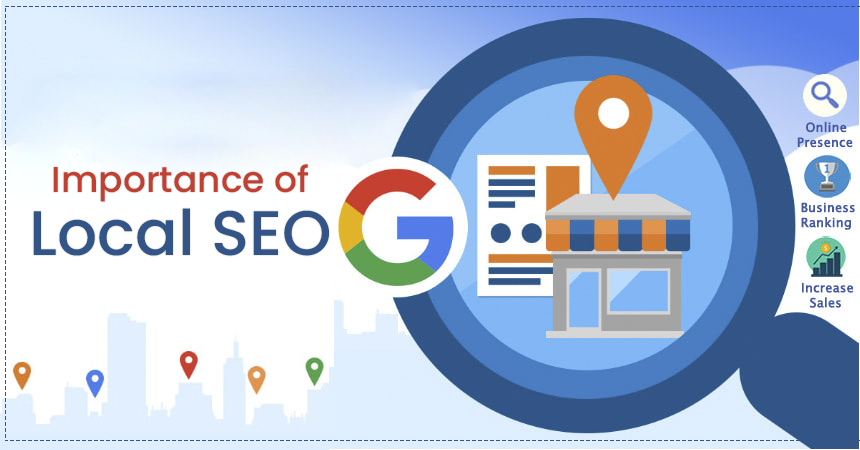Email marketing remains one of the most effective channels for reaching and engaging customers. However, sending the same email to your entire subscriber list is a missed opportunity. Email segmentation is a powerful strategy that allows marketers to tailor their messages to specific groups within their audience, resulting in higher engagement, improved open rates, and increased conversions. Here’s how to effectively use email segmentation to boost engagement.

Table of Contents
Toggle1. Understand the Importance of Segmentation
Segmentation involves dividing your email list into smaller groups based on shared characteristics or behaviors. This approach allows you to send more relevant content, which can lead to increased engagement. According to studies, segmented email campaigns can lead to up to 760% more revenue compared to non-segmented campaigns. By sending targeted messages, you can better meet the needs and preferences of your subscribers.
2. Gather Data for Segmentation
The first step in email segmentation is collecting relevant data about your subscribers. Here are some key data points to consider:
- Demographics: Information such as age, gender, location, and income can help tailor your content to specific audiences.
- Behavioral Data: Track user behavior, such as past purchases, website visits, and email interactions, to create segments based on engagement levels.
- Preferences: Allow subscribers to indicate their preferences when they sign up, such as the types of products they are interested in or the frequency of emails they wish to receive.
3. Create Targeted Segments
Once you have gathered the necessary data, it’s time to create segments. Here are some effective segmentation strategies:
- Demographic Segmentation: Group subscribers based on demographic information to send targeted messages. For example, you can create segments for different age groups or geographical locations.
- Behavioral Segmentation: Segment based on user behavior, such as engagement levels (e.g., active vs. inactive subscribers), purchase history (e.g., frequent buyers vs. one-time buyers), or browsing behavior (e.g., those who clicked on specific product categories).
- Lifecycle Segmentation: Group subscribers based on their stage in the customer journey. For instance, new subscribers may receive a welcome series, while loyal customers could receive exclusive offers or loyalty rewards.
- Interest-Based Segmentation: Use the preferences indicated by subscribers during signup or through surveys to segment your list based on interests, allowing for more personalized content.
4. Personalize Your Content
Once you’ve created your segments, it’s time to personalize your email content. Tailored messages should resonate with the specific needs and interests of each group. Consider the following strategies:
- Customized Subject Lines: Use segment-specific keywords or themes in your subject lines to grab attention and improve open rates.
- Relevant Content: Ensure the email content aligns with the interests and behaviors of each segment. For instance, send product recommendations based on past purchases or relevant blog posts based on their interests.
- Dynamic Content: Use dynamic content blocks to personalize emails further. This allows you to display different images, offers, or text based on the recipient’s segment, enhancing relevance.
5. Test and Optimize Your Segmentation Strategy
Email segmentation is not a one-time effort; it requires continuous testing and optimization. Here are some ways to refine your strategy:
- A/B Testing: Conduct A/B tests on different segments to determine which types of content, subject lines, or sending times yield the best results. Analyze the performance metrics, such as open rates and click-through rates, to inform future campaigns.
- Monitor Engagement Metrics: Track engagement metrics for each segment to identify patterns and trends. Use this data to adjust your segmentation strategy, ensuring you are sending the right content to the right people.
- Refine Segments Over Time: As your audience grows and evolves, so should your segments. Regularly review and update your segments based on new data and changing customer behaviors.
6. Implement Automation for Efficiency
Automation can significantly enhance your email segmentation strategy. Here’s how:
- Automated Campaigns: Set up automated email campaigns triggered by specific actions, such as welcome emails for new subscribers, re-engagement emails for inactive users, or personalized product recommendations based on purchase history.
- List Management: Use automation tools to manage your segments dynamically. For example, as subscribers interact with your emails or make purchases, they can automatically move between segments based on their behavior.
7. Analyze Results and Adjust Your Strategy
Finally, regularly analyze the results of your segmented email campaigns. Look at metrics such as open rates, click-through rates, conversion rates, and overall revenue generated. Use these insights to identify successful strategies and areas for improvement.
Conclusion
Email segmentation is a powerful technique that can significantly increase engagement and improve the effectiveness of your email marketing campaigns. By understanding your audience, creating targeted segments, personalizing content, and continually testing and optimizing your strategy, you can enhance your email marketing efforts and drive better results. In a world where consumers crave personalized experiences, email segmentation is essential for building stronger relationships and achieving your marketing goals. Start segmenting today and watch your engagement soar!


No responses yet